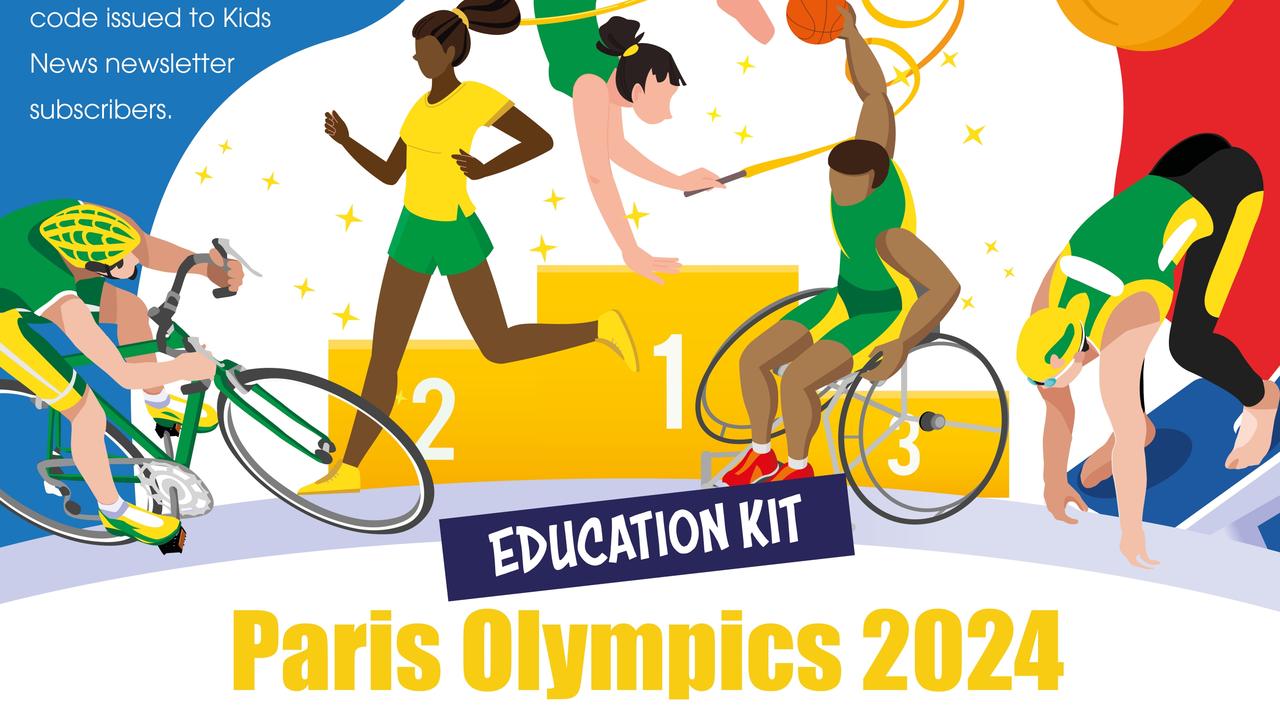Paris Olympics: Iconic French Phrygian cap to be Games mascot
Part 7: While many host cities use native animals as their Olympic mascots, the Paris 2024 Olympics will have a mascot fashioned from a unique piece of French clothing
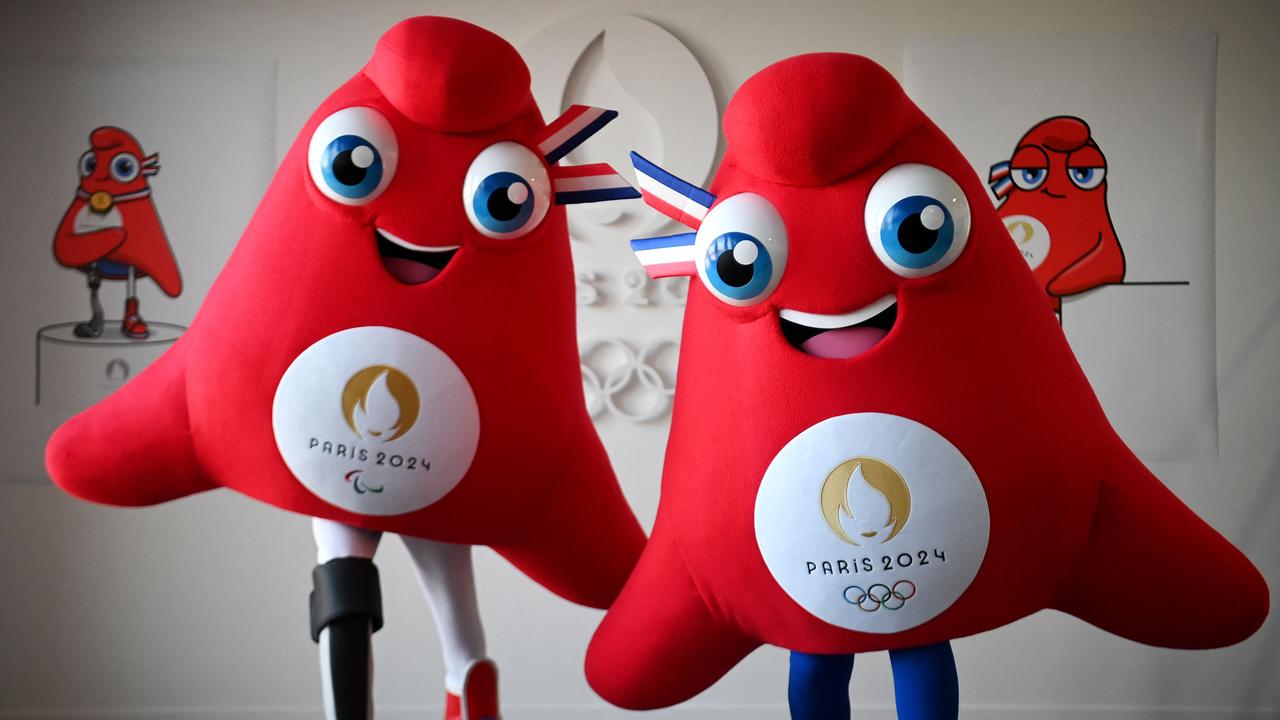
READING LEVEL: GREEN
Host nation France was the first nation to introduce Olympic mascots*, which launched at the 1968 Grenoble Winter Games to capture the spirit of the Games and the country hosting them.
While native animals have been a popular choice for mascots – Australia had Olly the kookaburra, Syd the platypus and Millie the echidna at the 2000 Sydney Olympics 2000 – not all host countries choose to showcase native fauna.
At the last Olympic Games, Tokyo 2020, fictional characters Miraitowa (pronounced mee-rai-toh-wa) and Someity (pronounced soh-may-tee) were inspired by the popular Japanese comic-style art form manga*.
Paris 2024 will do something different again, choosing a famous style of French hat known as the Phrygian cap.
Their mascots have been named the “Phryges”, pronounced, “freezh.”
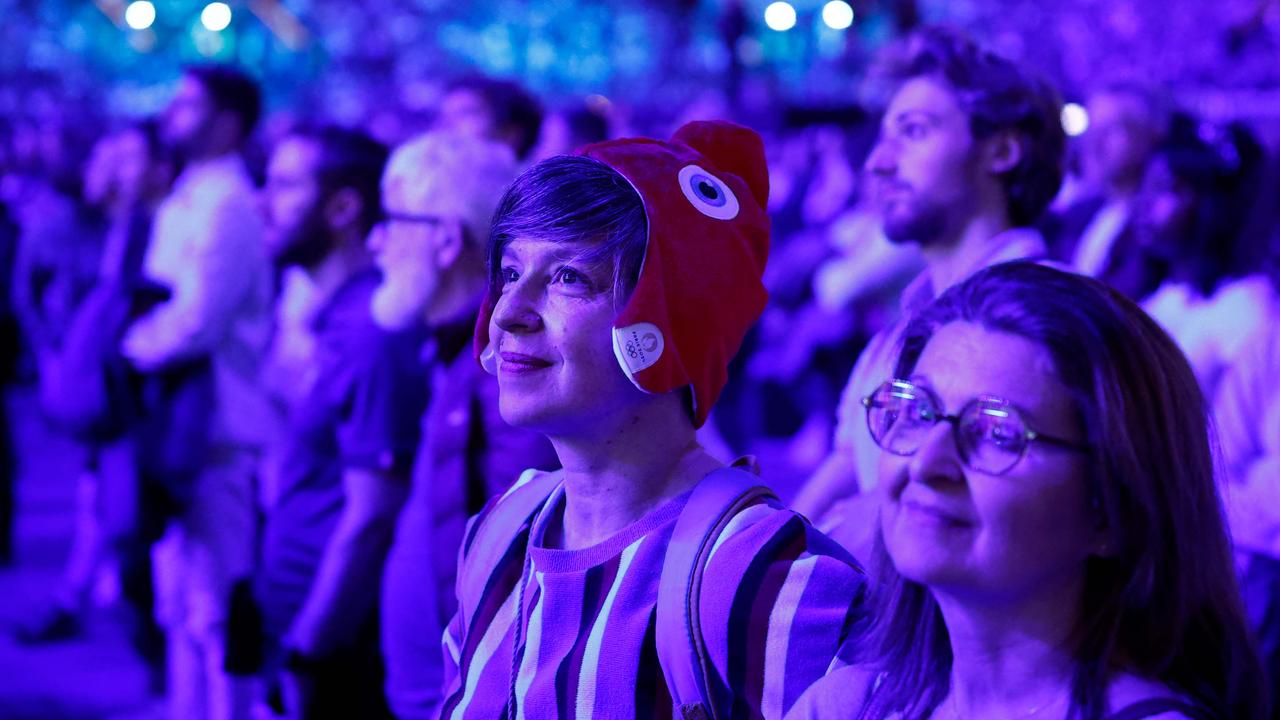
WHAT IS THE PHRYGIAN CAP?
Phrygian caps are red, triangular hats that have been part of French history for centuries, including throughout the French Revolution* (a time of big change in France), where it was seen as a symbol of the revolution, the republic (where power is held by the people, not a King or Queen) and freedom.
Today, it is commonly seen on French coins and stamps and in many historical photographs, including during the work to build the Eiffel Tower and during the Paris 1924 Olympic Games.
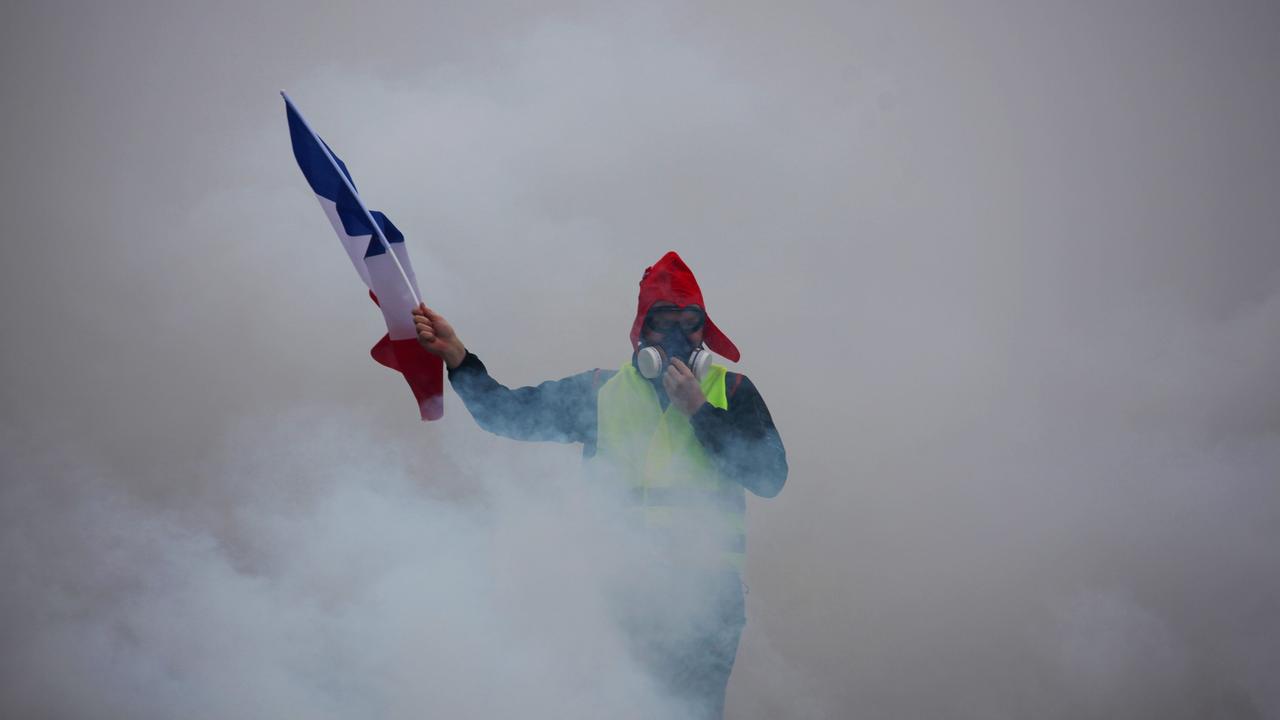
WHO ARE THE PHRYGES?
The two Phryges mascots, the Olympic Phryge and the Paralympic Phryge, each have unique personalities.
The Olympic Phryge has a friendly smile, blue eyes, a tricolour* red, blue and white ribbon (the three colours of the French flag) and matching-coloured sneakers.
She is described as thoughtful and as someone who likes to weigh up all the pros and cons before starting an adventure.
The Paralympic Phryge features a prosthetic* leg that goes to the knee — the first time an Olympic mascot has had a visible* disability.
She is fearless, hates being bored and loves to try new things.
The Phryges’ mission is to inspire France to get moving. They believe that sport can change our lives, health, relationships with others and even how we relate to nature!

OLYMPIC MEDALS
Olympic athletes haven’t always won medals.
In the ancient Olympics, winners were given wreaths* of leaves to wear around their heads.
It wasn’t until the first Modern Games in Athens in 1896 that winners won medals for the first time. But instead of gold awarded to the winner, silver for second place and bronze for third place, winners were given silver medals and runners-up were given bronze medals. There wasn’t a gold medal in sight!
Gold, silver, and bronze Olympic medals were first awarded in 1904 at the St Louis Summer Games in the US.

PARIS 2024 MEDALS
The Paris 2024 Olympic medals are a symbol of the Olympic spirit and of the host country, France.
The medals include an original piece of the famous Eiffel Tower, which had already been removed during some of the tower’s many past renovations.
THE DESIGN
The medals were designed by French jeweller, Chaumet, who used three sources of inspiration: the hexagon, radiance*, and gem-setting.
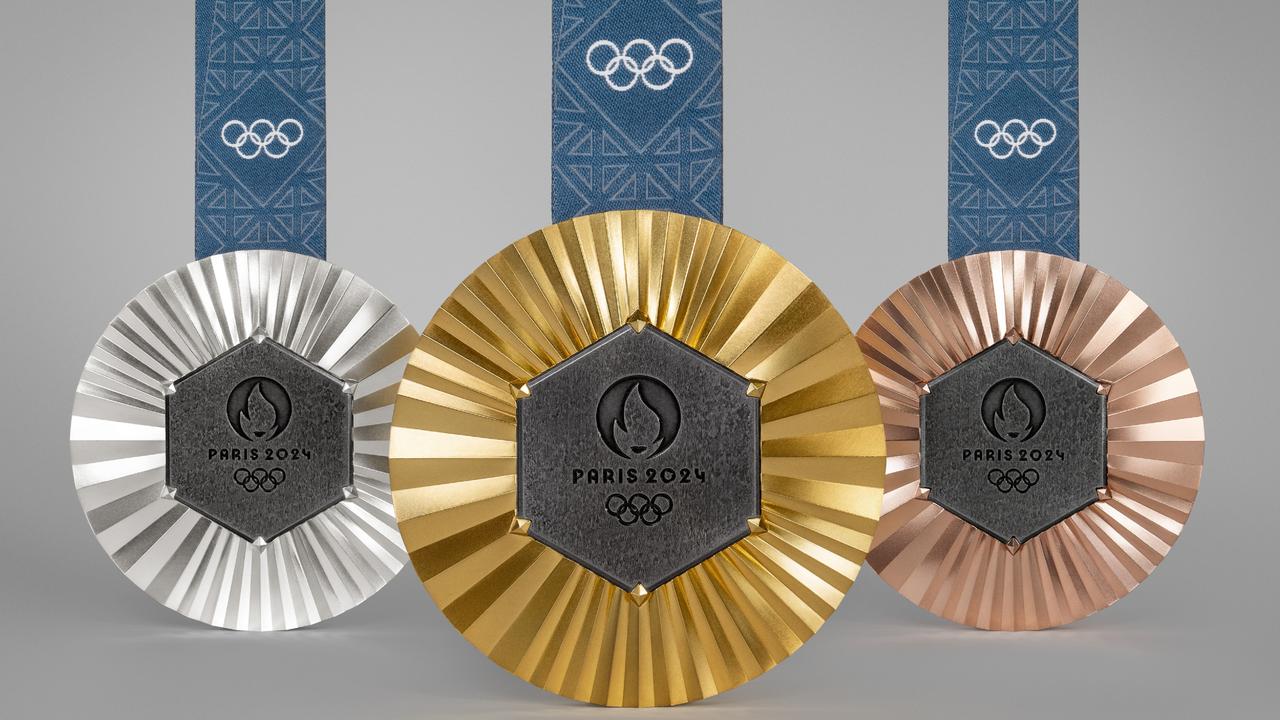
THE HEXAGON
The original Eiffel Tower iron is formed into a hexagon, the geometric shape of France itself. It symbolises France working together to bring the Olympics and Paralympics to life.
RADIANCE
On the same side of the medal, fine lines project outwards from around the hexagon to create a sparkle. This symbolises the radiance of France in the world and the shining performances of the athletes at the Games.
GEM SETTING
The iron from the Eiffel Tower is stuck in place with six metal attachments which are the same shape as the famous Eiffel Tower rivets* (which join together all the parts of the Eiffel Tower).

THE RIBBON
The Eiffel Tower has also inspired the unique design of the ribbons used to hang the medals around the athletes’ necks.
The ribbons for the Olympic and Paralympic Games Paris 2024 will include the same pattern as the Eiffel Tower.
The Olympic medals will be dark blue, while those of the Paralympic medals will be a deep red — a mix of the first two coats of paint (“Venice red” and “red-brown”) used on the Eiffel Tower.
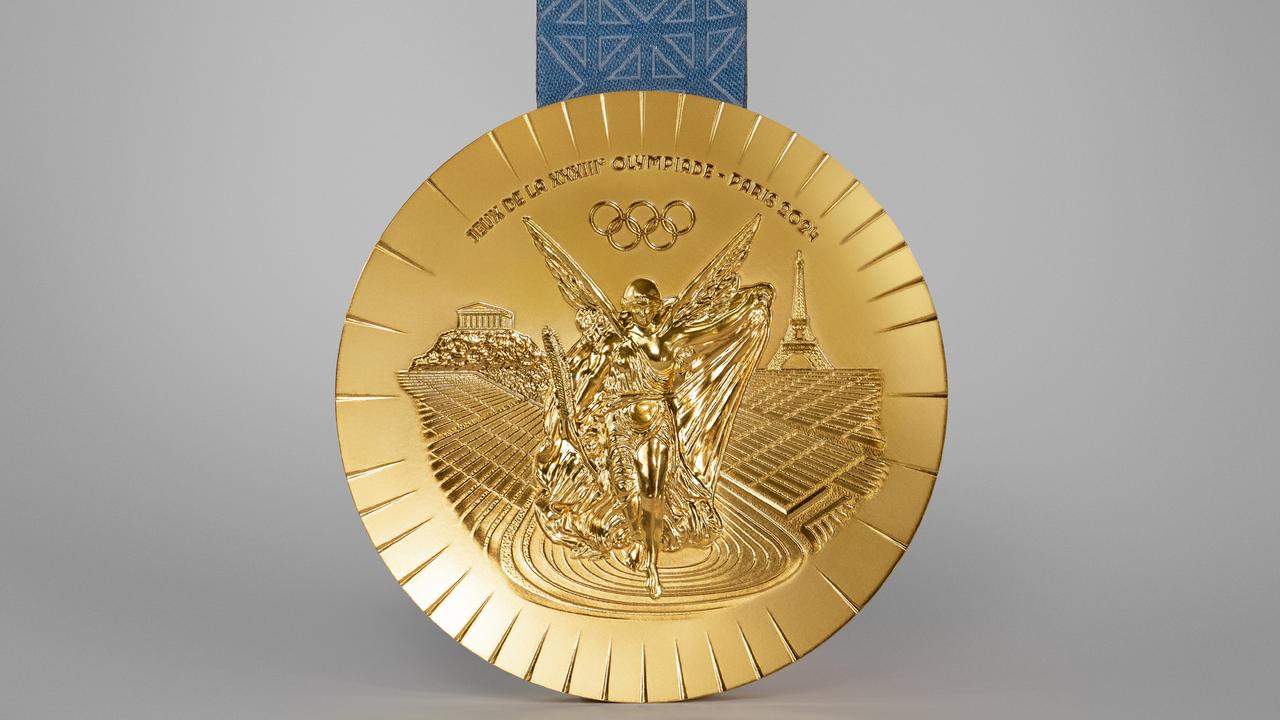
THE REVERSE SIDE
Every edition of the Games, the other side of the Olympic medal shows Nike, the Ancient Greek goddess of victory, in front of Athens’ Panathenaic Stadium*, with the Acropolis* in the background. However, this medal will also feature the Eiffel Tower, linking past Games with Paris 2024.
The reverse side of the Paralympic medals is an image of the Eiffel Tower from an upward perspective. The word “Paris” and year “2024” surround the feet of the tower written in universal braille*, which allows athletes with visual impairments to feel the difference between the medals. Dashes are engraved on the edge: I for gold, II for silver and III for bronze.
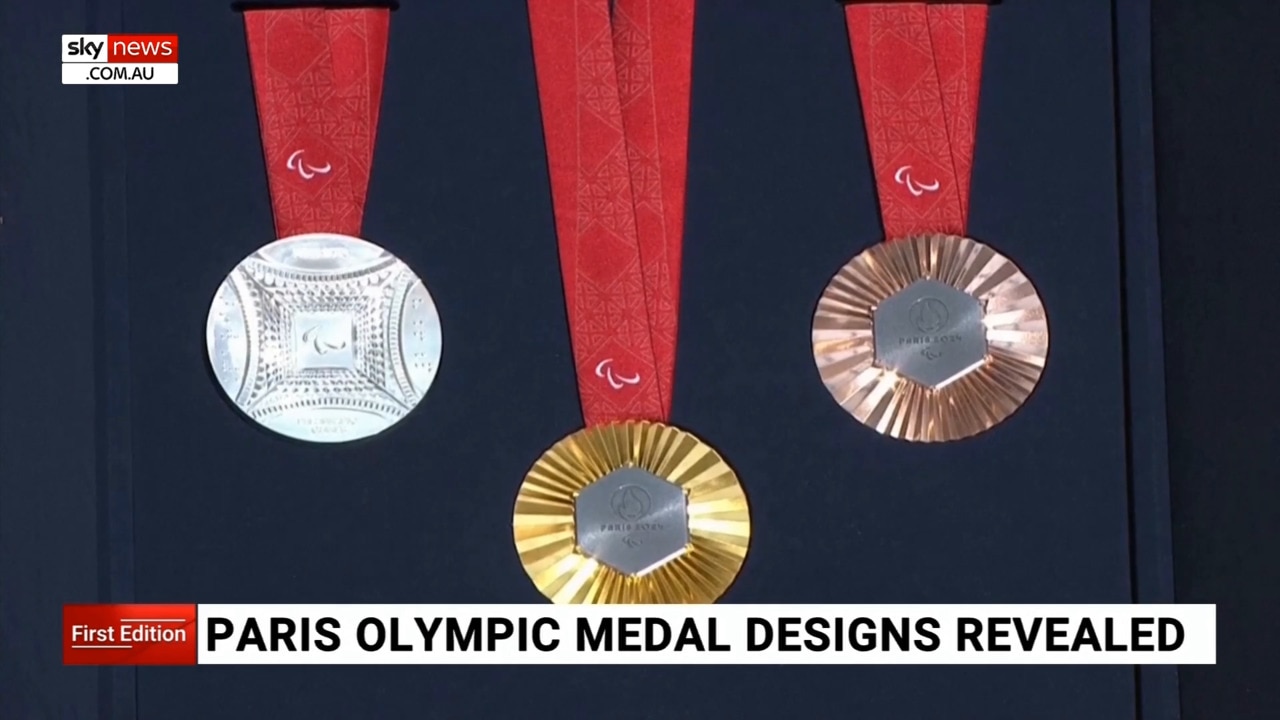
POLL
GLOSSARY
- mascots: an animal or object used to represent a sporting team or event and thought to bring good luck
- manga: a style of comic or graphic novel that originated from Japan
- French Revolution: a period of major social upheaval and change in France from 1787 to 1799 where feudalism ended, enabling better rights for all men, not just royalty, and leading to the system of liberal democracy
- tricolour: three colours, in this case, the three colours of the French flag: red, blue and white
- prosthetic: an artificial limb
- visible: something you can see
- wreaths: a circle made of leaves or flowers
- radiance: brightness or glowing from a light
- rivets: a mechanical fastener that can permanently join two or more materials in a structure
- Panathenaic Stadium: a sporting stadium in Athens that dates back to 330BC and was where the first modern Olympics were held in 1896
- Acropolis: a building used for worship, as a fortress and as a home for royalty in ancient Greece that stood at the highest part of a city
- universal braille: a code made of physical bumps that conveys meaning for vision impaired people, no matter what language they speak
QUICK QUIZ
1. What is a Phrygian cap?
2. What did winners receive instead of medals in the ancient Olympic Games?
3. What three things inspired the design of the Paris 2024 Olympic medals?
4. Iron from which famous Paris landmark was used in the medals?
5. What is added to the Paralympic medals to help vision impaired athletes feel the difference between medals?
LISTEN TO THIS STORY
CLASSROOM ACTIVITIES
Kids News has produced a free Paris Olympics education workbook full of classroom activities to support the information in this series.
It has been crafted by one of our expert Kids News teachers and complements the information in these education kit articles.
Sign up to the free Kids News weekly newsletter HERE to access the education workbook plus more news and initiatives.
EXTRA READING
Part 8: Sports and teams

